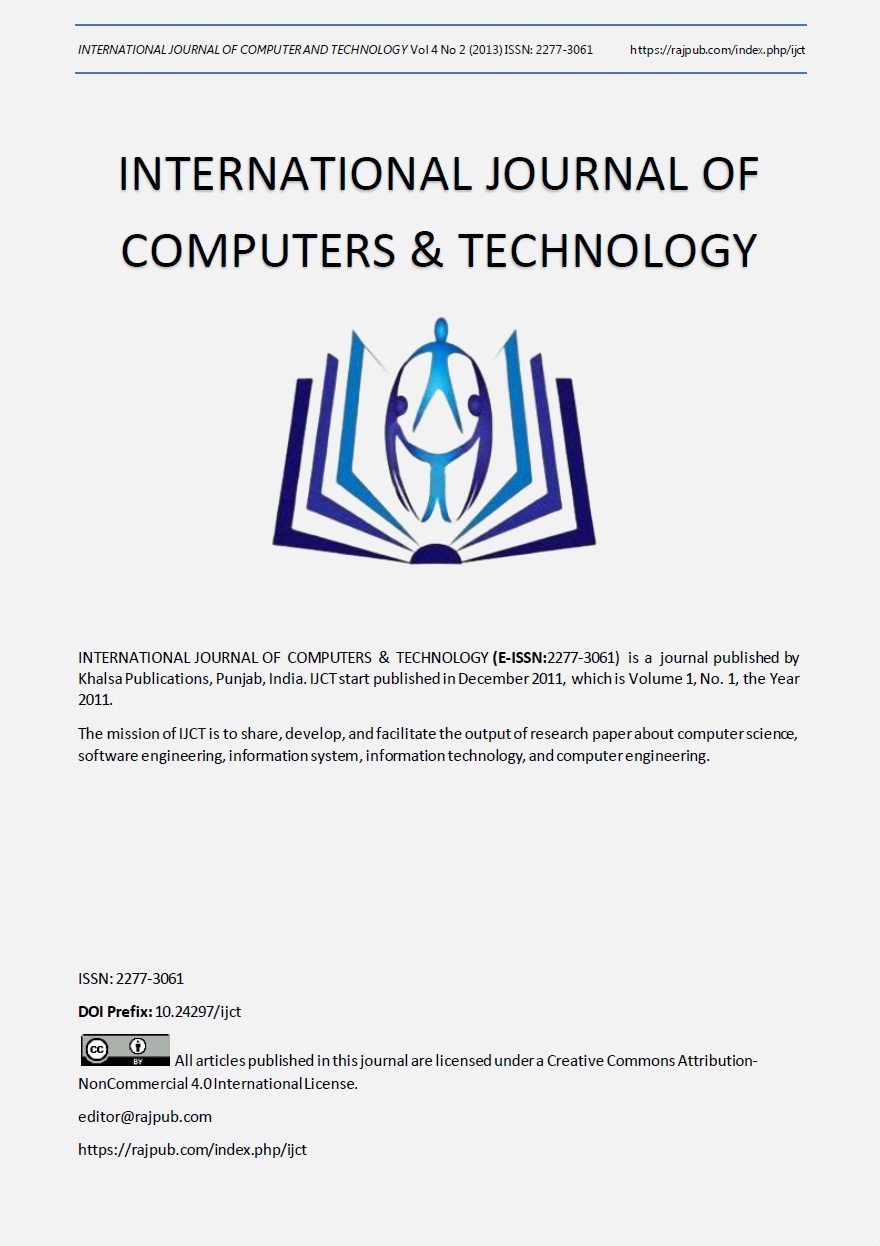Evaluation of Operation of Lake Tana Reservoir Future Water Use under Emerging Scenario with and without climate Change Impacts, Upper Blue Nile
DOI:
https://doi.org/10.24297/ijct.v4i2C2.4184Keywords:
SWAT, WEAP, Lake Level, Lake Tana, Climate Change, ReliabilityAbstract
This paper presents simulation of Lake Tana reservoir future water use under emerging scenario with and without climate change impacts.
Two different development and climate change scenarios were developed to simulate Lake Tana water level i.e., i) Base line scenario (1991-2000) ,ii) Future development scenario on short term periods(2031-2040) , and ii) Future development scenario on long term periods (2091-2100). River head flow estimated by Soil and Water Assessment Tool (SWAT) was used as an input to Water Evaluation And Planning (WEAP) model to simulate the Lake level for each scenario.
Based on WEAP model simulation results, demand coverage and reliability of 100% was observed in all scenarios for Tana-Beles hydropower project. For scenarios without climate change impacts, there are longer periods of time when mean monthly lake levels are below 1785 masl (i.e., the minimum lake level required for shipping). Under natural conditions (lake level without project), they exceed this level in 100%.under current conditions (Base line scenario, BLS), they exceed this level in 89% of the months. In the full development scenario (FDSCʹ), this will decrease to 83%. For all scenarios with climate change impacts, Lake water Level will not significantly be affected by climate change impacts.









